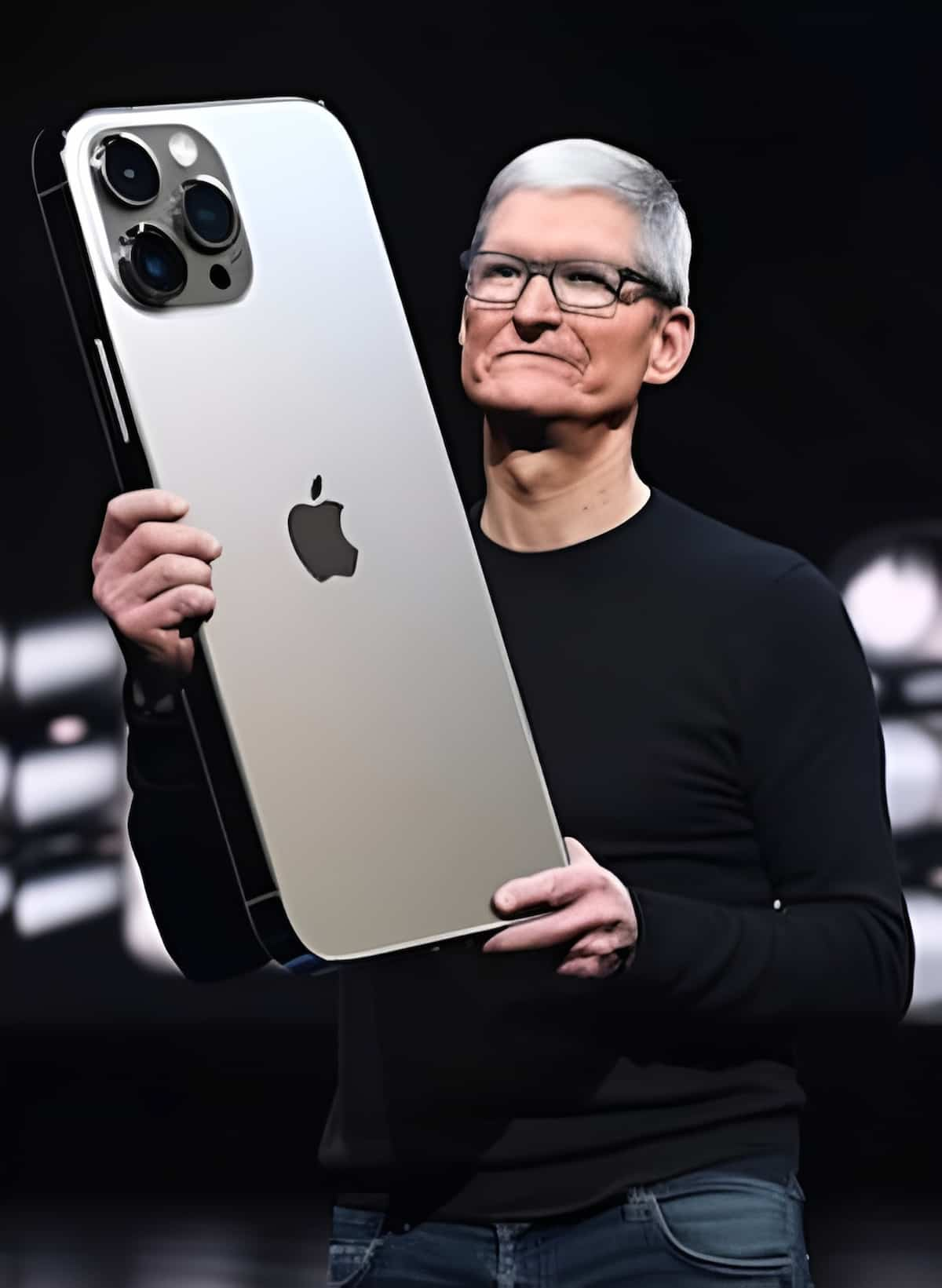From 1500 mAh to 6100 mAh: The Journey of Mobile Phone Batteries
In the not-so-distant past, mobile phones were equipped with modest 1500 mAh batteries. Back then, a 2000 mAh battery was considered sufficient for an Android smartphone. Fast forward to today, and the landscape has drastically transformed.
Key Takeaways:
- Battery Capacity Revolution: Mobile phones now commonly feature 5000 mAh batteries, with some pushing boundaries to 6000 mAh like the OnePlus Glacier.
- Charging Speeds: Charging speeds have soared from 10W to 100W, with 30W now considered standard and 100W becoming increasingly common.
- Impact on Power Banks: The necessity for power banks has diminished as mobile phone batteries have grown larger and faster charging has become widespread.
The Rise of Larger Batteries and Faster Charging
In recent years, the capacity of mobile phone batteries has skyrocketed. What used to be a 5000 mAh battery is now commonplace, with advancements like the OnePlus Glacier pushing to 6100 mAh. These developments allow for longer usage times and faster recharges, reducing the need for external power sources.
Charging Speeds: A New Standard
Where 7.5W charging was once considered fast, today’s standards start at 30W and can reach up to 100W. Brands like Samsung and OnePlus lead the charge with rapid charging technologies, making slower speeds a thing of the past.
Impact on Power Bank Usage
As mobile phone batteries have grown more capable, the demand for power banks has shifted. While they remain essential for emergencies and travel, their utility has declined. This shift is driven by increased battery life and widespread availability of fast charging solutions.
Challenges and Future Prospects for Power Banks
Despite advancements, challenges persist for power banks. Many still lack high-speed charging capabilities, limiting their effectiveness compared to directly charging from mains or specialized outlets.
The Need for Innovation
To remain relevant, power banks must adapt. Innovations in type-C compatibility and faster charging capabilities are crucial. Current models often lag behind mobile phone advancements, posing limitations in usability and appeal.
Future Outlook
The trajectory suggests that unless power banks evolve significantly, they risk becoming obsolete. Innovations catering to higher-capacity batteries and faster charging speeds are essential to maintain relevance in a rapidly evolving market.
Conclusion
While power banks continue to serve niche purposes, their role has diminished with advancements in mobile phone technology. As mobile phone batteries grow larger and charging speeds increase, the need for external power sources decreases. Innovations targeting faster charging and improved compatibility are critical for power banks to stay relevant in the era of high-capacity mobile phone batteries.
This article reflects on the evolution of mobile phone batteries and power banks, exploring how technological advancements have reshaped consumer needs and expectations.














